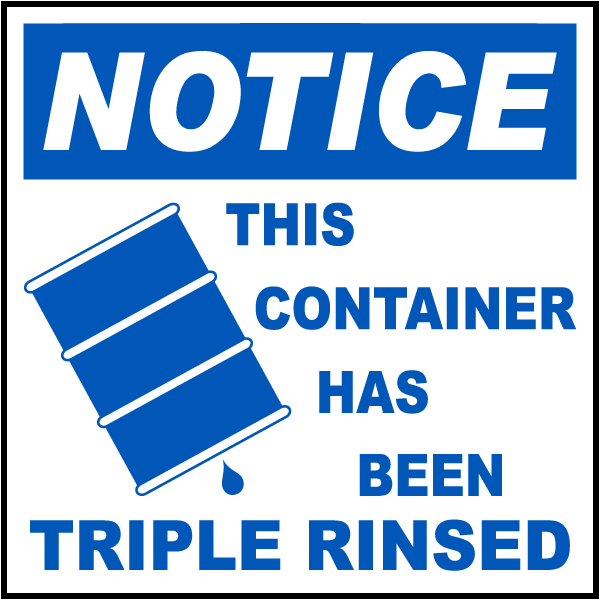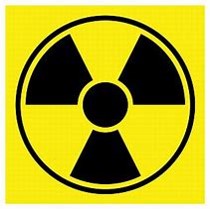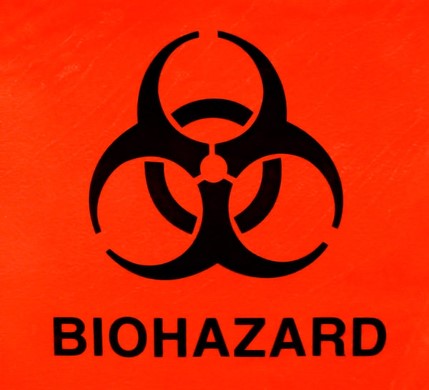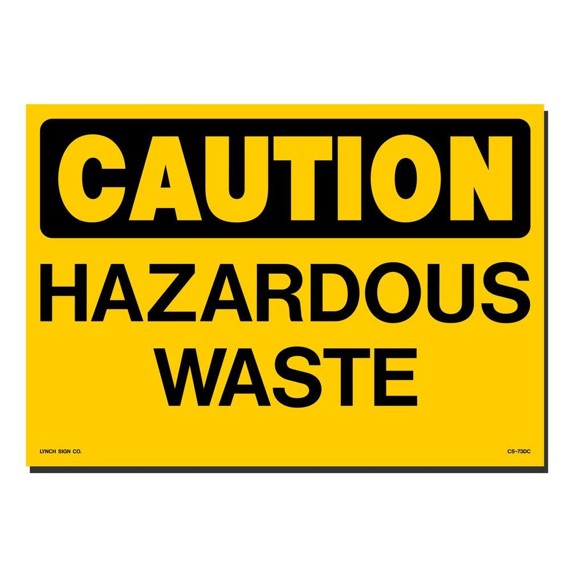Skip Navigation
Search
EMPTY CONTAINERS
Containers with less than 3% of their contents that are not contaminated with infectious material or do not contain a p-listed material, such as stock bottles, laboratory glassware, and plasticware must be triple rinsed prior to disposal.
- Laboratory glassware or plasticware contaminated with biological material must be disposed of as Regulated Medical Waste (RMW)
- P-listed material, even when empty, must be disposed of as hazardous waste
- Sample vials with small amounts of chemicals must be collected as hazardous waste if it's unable to be rinsed






